111-year-old Japanese Farm And Its Hoshigaki...
A century old farm practicing the art of dried persimmons
OTOW ORCHARD
6232 Eureka Rd, Granite Bay, CA 95746
Despite North America having a native persimmon, production in the U.S. is limited to the Japanese species. The North American native, Common Persimmon (Diospyros virginiana), is indigenous to the northeast but produces small fruit. California persimmon production accounts for 99 percent of all U.S. persimmons, with the largest crops originating from the southern and central valley regions. Which would explain why my 40-year-old cousin said, “What’s that?!” when he saw a persimmon last time he visited us here in Northern California.
Persimmons were originally brought from China after the Yayoi period (300 BCE to 300 CE), and they often appear in documents such as the Shōsōin documents of the Nara period and the Engishiki of the Heian period. It is said that in Japan dried persimmons have been made as ceremonial confectionary at least since the middle of the Heian Period (794-1185).
Hoshigaki is the art of drying persimmons. Astringent persimmons (usually Hachiya) are peeled, tied at the stem, suspended from wooden drying racks and left in the gentle winter sunlight to dry. The persimmon is left alone for the first week until the skin becomes hardened. The persimmon is regularly massaged by hand once every few days, shriveling, shrinking and developing the crystallized sugars on the thin skin.
The result being a sweet and soft treat with a jammy center. It is somehow still reminiscent of dried fruit, but still…plump? It’s mind boggling, to be honest. And Otow Orchard has been practicing hoshigaki since they dedicated the land to persimmons.
Kitchitaro Kawano came to the United States from Japan in the late 1800s, originally working as a farm hand throughout Northern California, he finally found himself in the area of Loomis, California, where there was already a Japanese community.
Persimmon cultivars were brought over by Japanese and Chinese immigrants before 1919 and were propagated at the USDA Plant Introduction Garden located in Chico, California. Lots of Japanese came to the Sierra Nevada foothills of Northern California and started planting persimmons on their farms. Including Twin Peaks Orchard, founded by Yoshichika and Tomeo Nakae in 1912.
By 1911, Kitchitaro was married and together with his wife, they purchased 20 acres of land in Loomis and called it the Rosedale Farm. The farm used to be located in Roseville, before the geographic borders manipulated by development changed the imaginary lines. It’s been there since before the town of Granite Bay existed.
Kitchitaro cleared the land in preparation of their orchard. At first the orchard was mostly grapes and persimmons, pears and peaches. When grape prices plummeted in the 1920s, the grapes were replaced with plums.
After Kitchitaro's died in 1939, his wife, his daughter Helen and Helen’s husband Seiichi Otow, ran the farm. But, during World War II, Helen and Seiichi, were interned at Tule Lake Relocation Center. When they were released, they moved to Chicago where they worked in the restaurant industry. They would not return to Loomis until after the war. Like most of the Japanese that returned to their farms, they found their farm battered and derelict. It was in no condition to sustain them monetarily. They had to bring the farm back to life.
Seiichi worked at a repair shop while he and Helen restored the farm, and eventually they were able to return to farming full-time. Rosedale Farm, now called Otow Orchard, sold their fresh persimmons direct to Oakland, Los Angeles, Seattle and via the Loomis fruit shed that still stands today. Their dried persimmons were sold locally as well as in Los Angeles, the Bay Area and eventually Hawaii.
The Otow family farmed, harvested packed all the fruit on the orchard until the 1970s.
During the 1980s and 1990s, the limited operation of the local fruit shed and lack of workers caused the decline of the orchard. Otow Orchard stopped shipping fruit from the shed in Loomis. Instead, they converted the shed from a B2B to a D2C operation.
Today, Chris Otow Kuratomi and her husband, Tosh Kuratomi, sell a variety of fruits and vegetables in the shed from squash to chestnuts. But, during the autumn, the primary fruit available are their diverse varieties of persimmon; Hachiya, Fuyu, Cinnamon, Chocolate, Maru (also known as California Maru) and more.
Helen passed away in August of 2022. But, they continue to specialize in the ancient art of dried persimmons known as hoshigaki.
Their persimmons are “dried each fall in a slow, patient, hands-on process that usually takes three to six weeks...per persimmon. Each persimmon is hand-peeled, strung onto a rack, and massaged every 3 to 5 days for several weeks. Weather conditions are watched carefully. The result is a transformation into a sugary delicacy that is tender and moist with concentrated persimmon flavor.”
Please call to inquire about ordering the dried persimmons (hoshigaki), because they will often sell out or decide not to sell to the public.

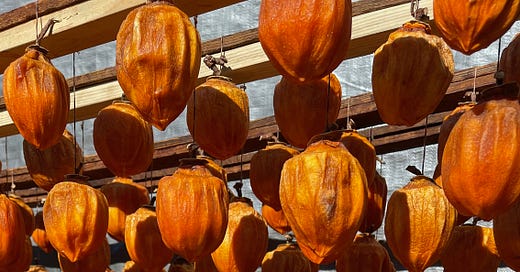


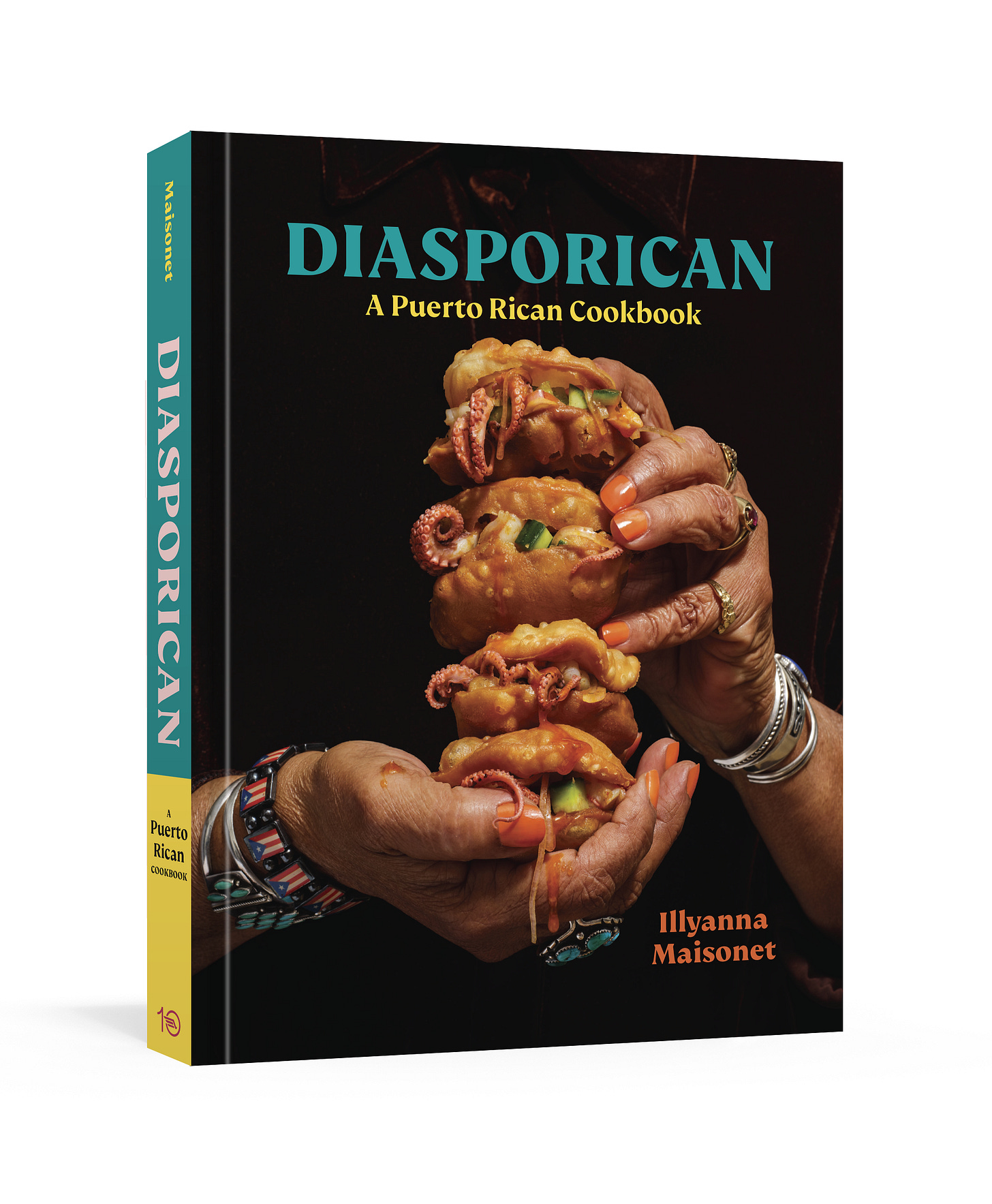

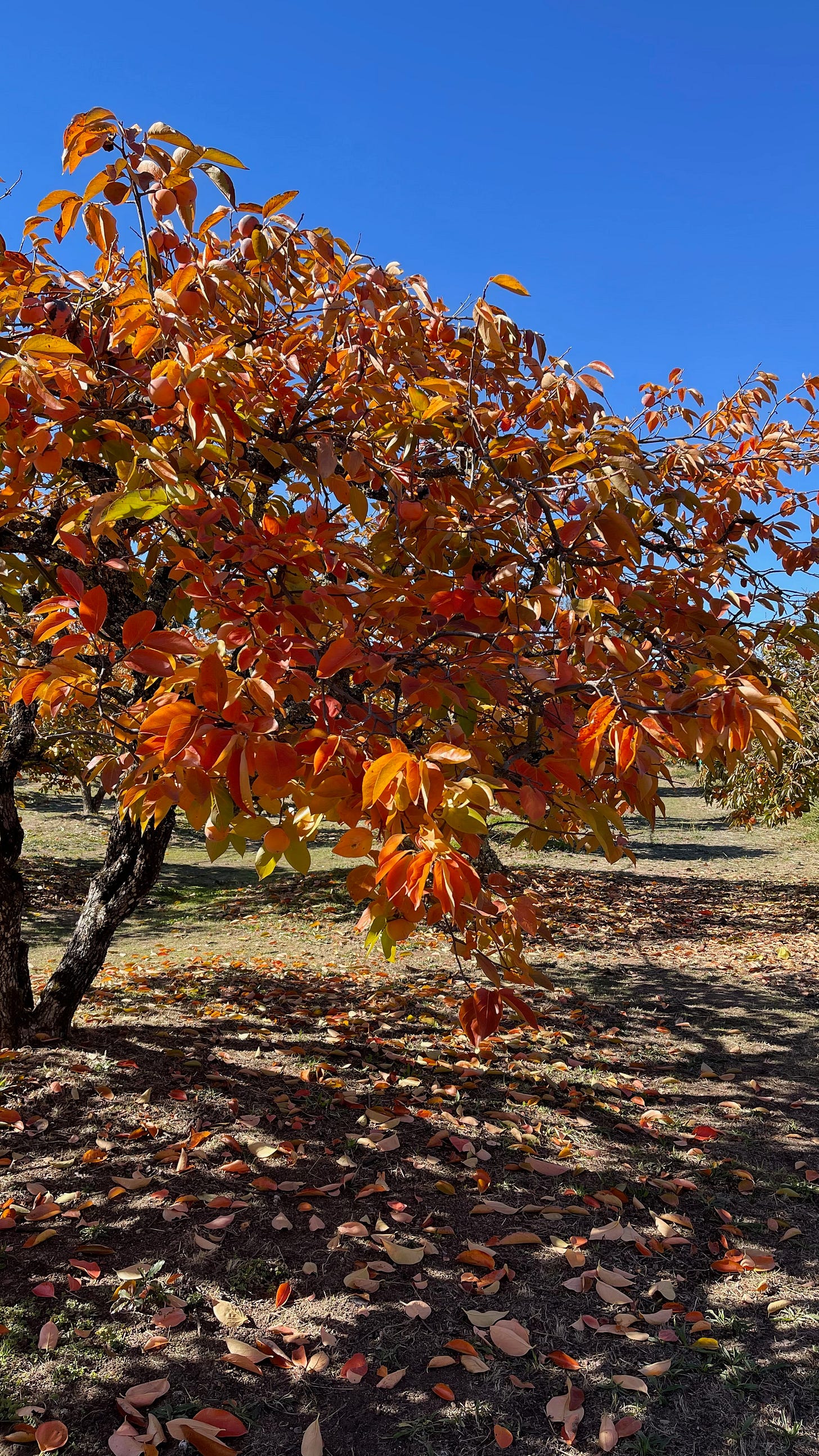
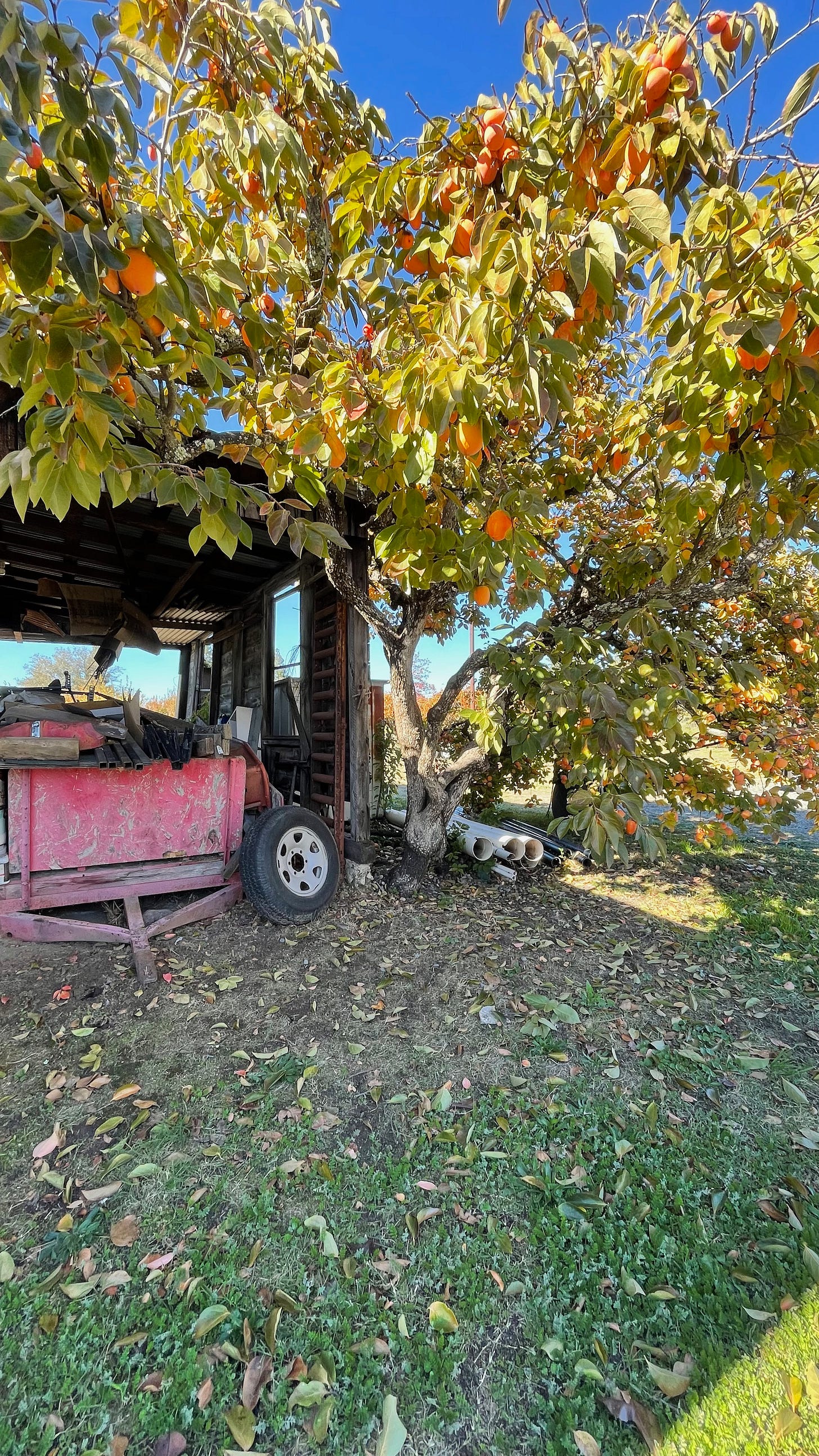
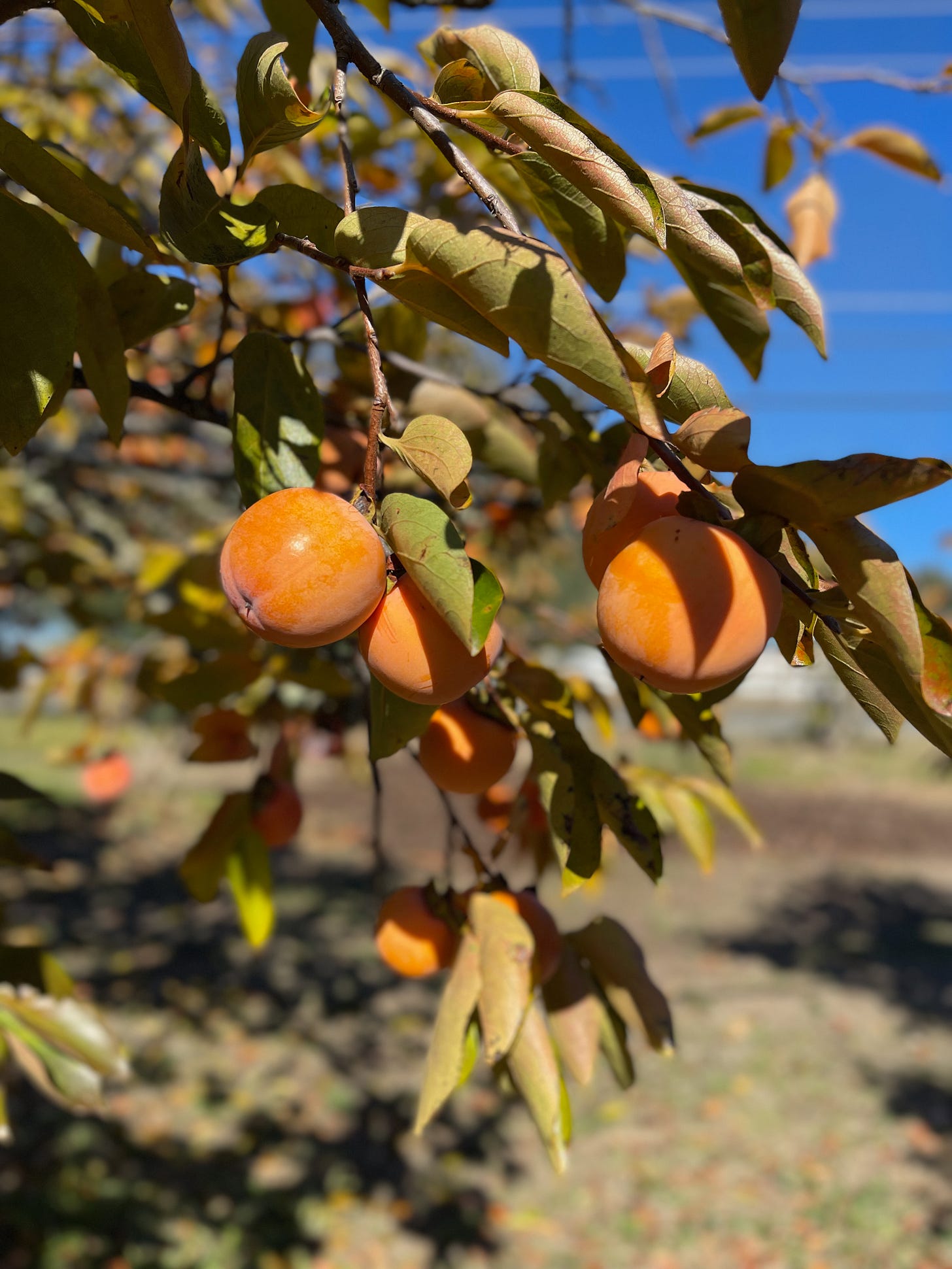
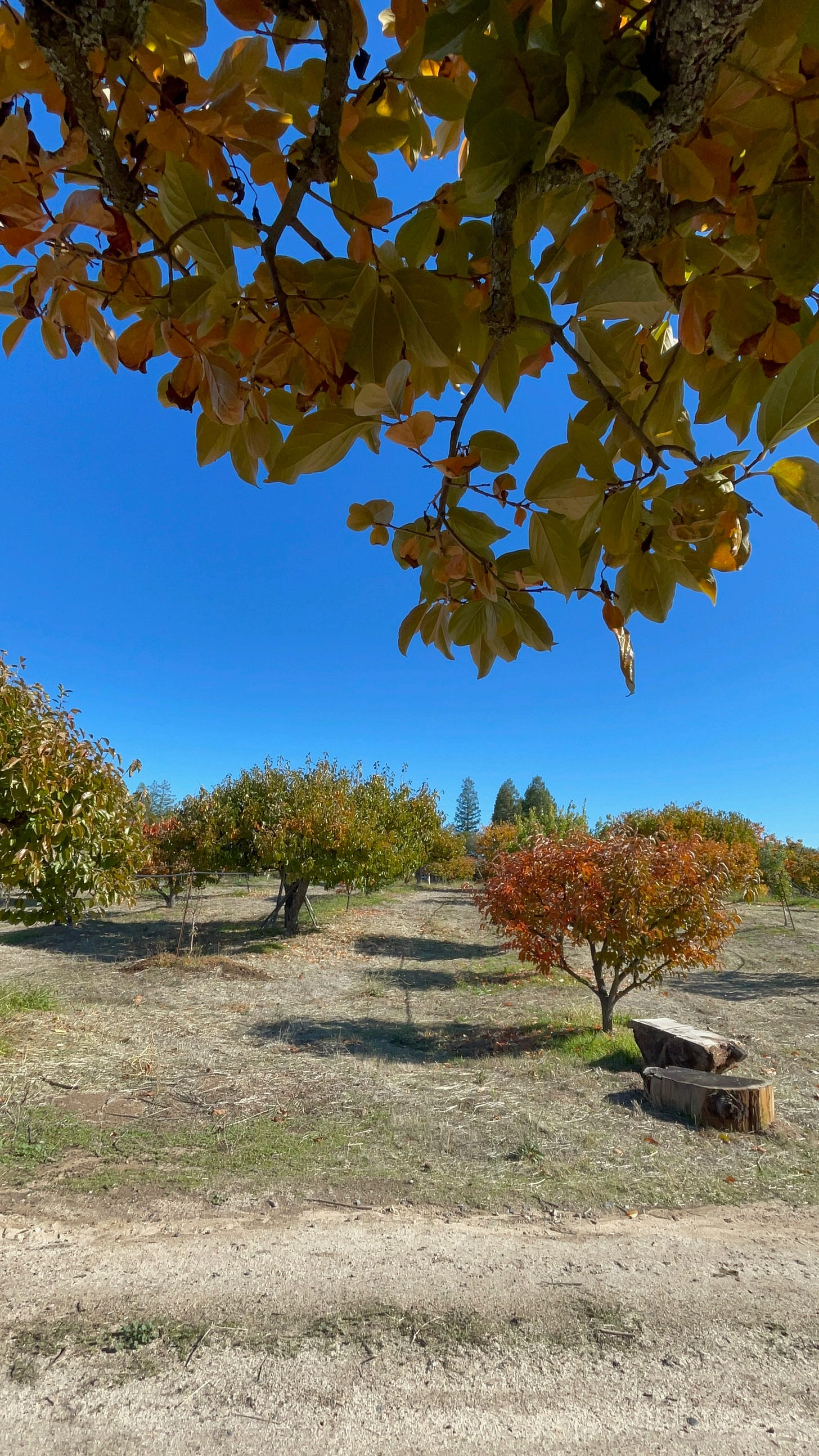
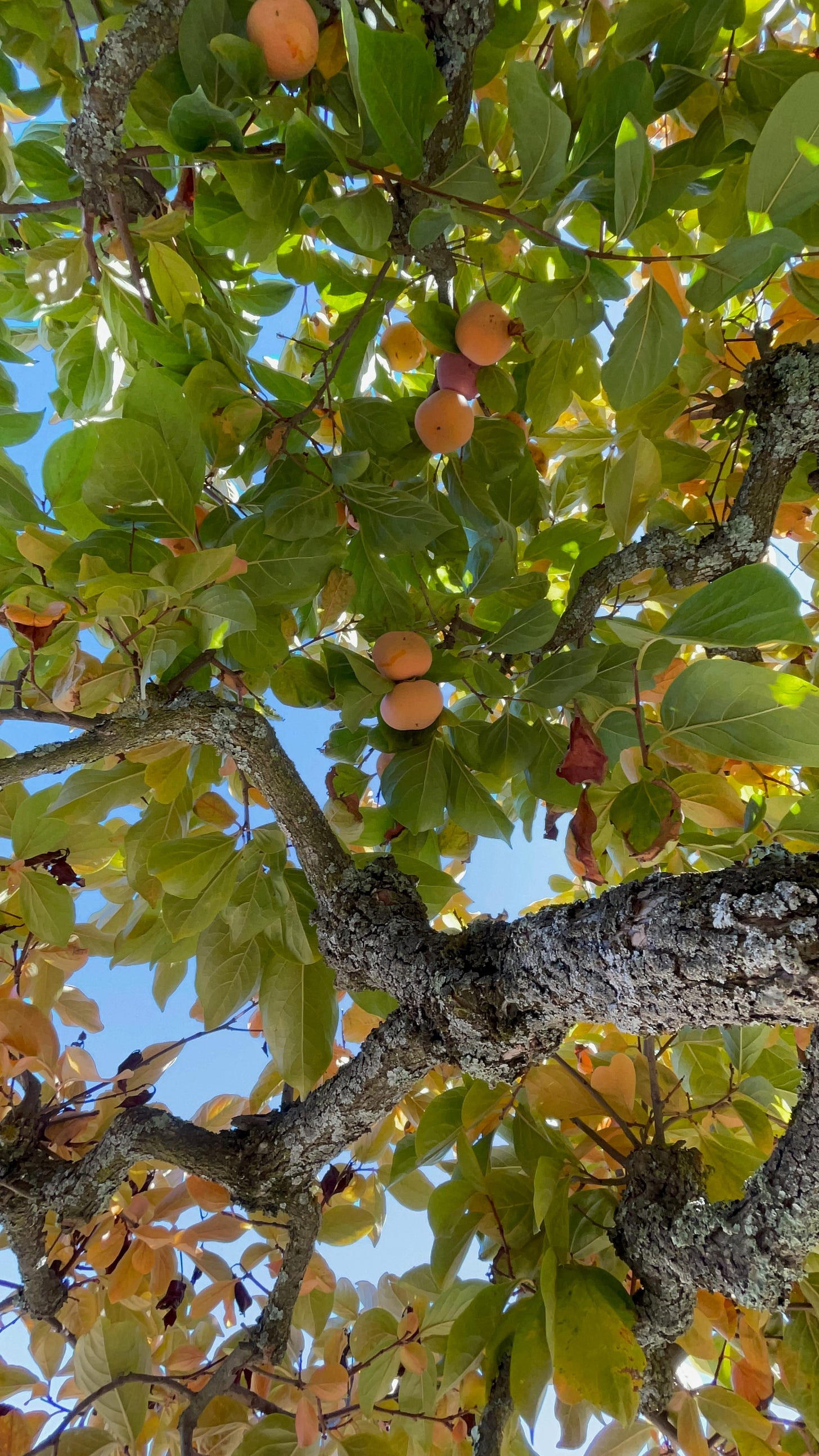

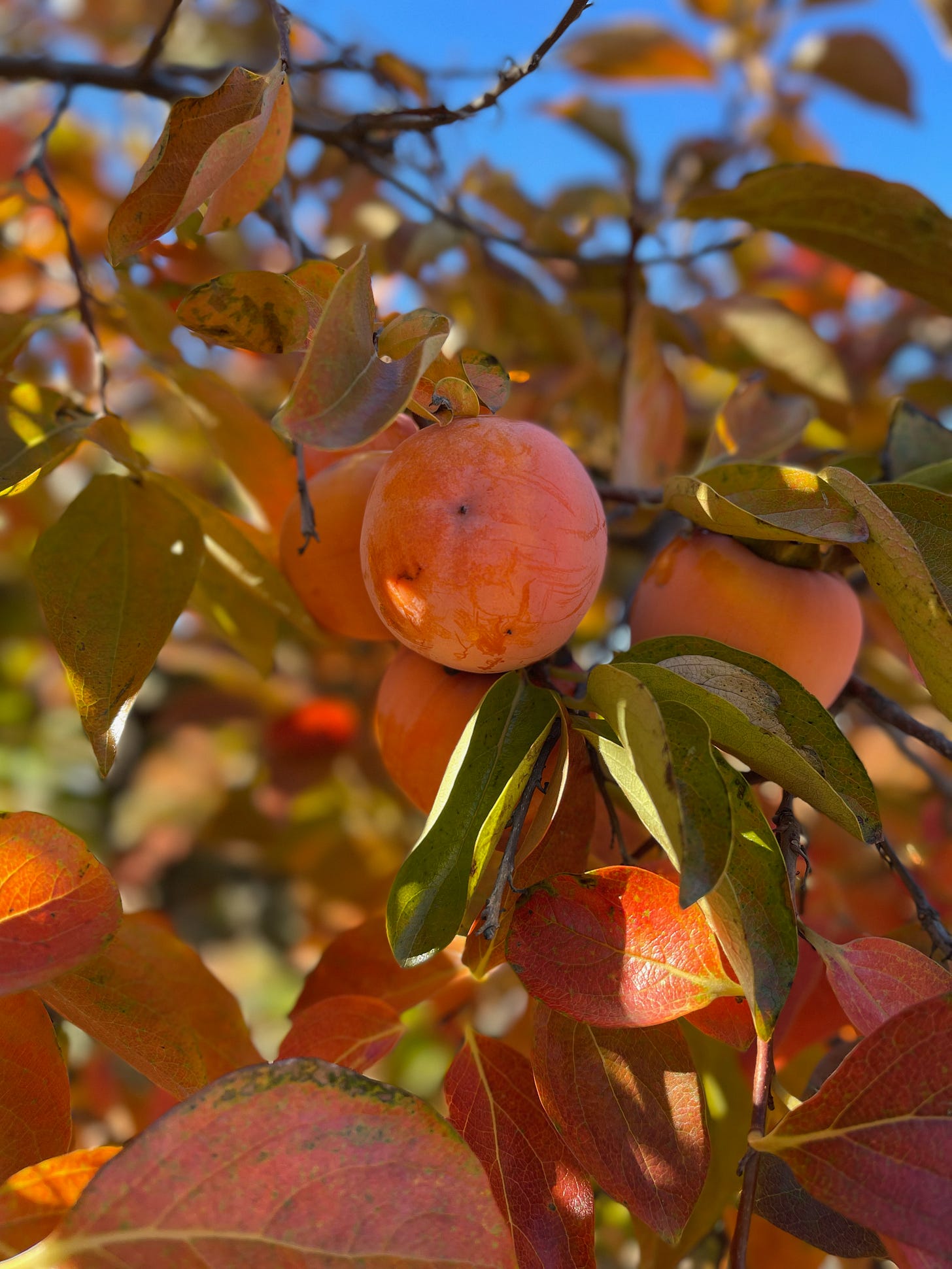
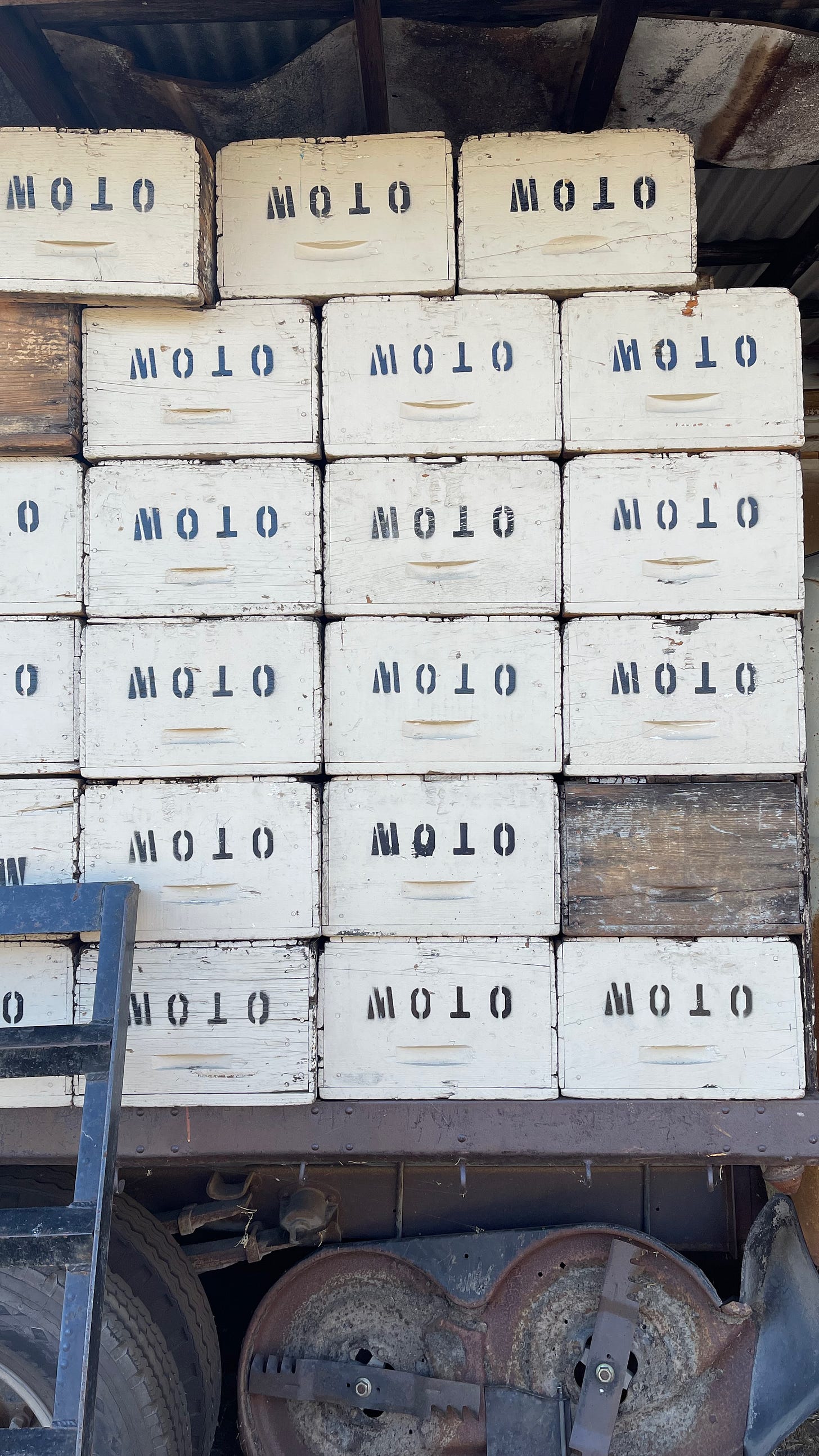
Thanks for the interesting story! I grew up in Fresno where persimmons were plentiful. My uncle still makes an old recipe we all shared for spiced persimmon cookies during Thanksgiving and Christmas and I look forward to them every year. When I left California I was amazed to learn that so few people outside of that area seem to even know what they are!
Lovely photos and story. Received a box of Fuyu persimmons from friends in Elk Grove a week ago. Shared with friends here, and I still have enough for thanksgiving kale salad.